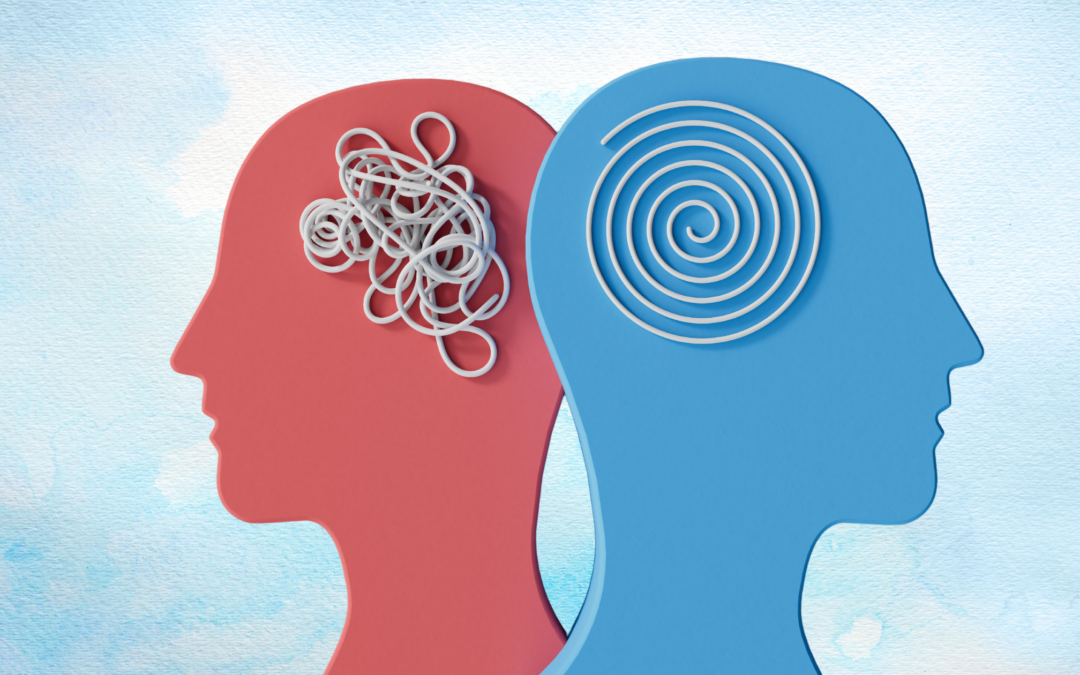I’m generically middle aged now. Just past 40, and saying things like, “When I was your age…”
That’s all normal as far as it goes, I think, but these middle years also correspond with the asking of big questions, like:
- Is this the work I’m best suited for?
- How long can I keep doing this?
- What kind of legacy will I leave?
- Are my best successes behind me?
- And…What was the name of that book again? I was just reading it last week…
I recently finished reading Arthur Brooks’ book, From Strength to Strength: Finding Success, Happiness, and Deep Purpose in the Second Half of Life and I found it both deeply unsettling and profoundly hopeful.
First, the deeply unsettling part.
Brooks opens his book with an extended rumination on the inevitability of professional decline. Drawing on examples as diverse as J.S. Bach, Charles Darwin, and Nobel Prize winning physicist, Paul Dirac, Brooks points out that the vast majority of the great innovations, masterpieces, and discoveries happen in the first half of people’s careers.
Furthermore, many of the most celebrated savants find the back half of their careers to be deeply unsatisfying; Darwin died, for example, deeply melancholic and considered his later work to be a great failure.
With nearly pinpoint accuracy, social scientists are able to predict when people in various professions will peak and begin to decline. Writers? Between ages 40-55. Doctors? They appear to peak in their 30s. Financial professionals? They’re peaking between ages 36-40. And the same pattern holds true for those outside of knowledge work: semi-skilled assembly workers and mail sorters peak between 45-54. It’s 35-44 for equipment-service engineers and office workers.
What’s going on?
A lot of this peaking and decline has to do with what’s happening in our brain. The prefrontal cortex (associated with working memory and executive function) is the last part of our brain to develop in childhood, and the first in adulthood to exhibit decline. And it’s on this “raw smarts” part of our brain that most of us deeply rely in the first half of our working life.
Picking up on the work of British psychologist Raymond Cattell, Brooks considers two different kinds of intelligences. Here’s how Cattell describes them:
“[Fluid intelligence] is conceptualized as the decontextualized ability to solve abstract problems, while crystallized intelligence represents a person’s knowledge gained during life by acculturation and learning.”
Fluid Intelligence
Cattell calls the first type fluid intelligence, and Brooks summarizes it as “the ability to reason, think flexibly, and solve novel problems. It is what we commonly think of as raw smarts, and researchers find that it is associated with both reading and mathematical ability…Cattell…observed it was highest relative early in adulthood and diminished rapidly starting one’s thirties and forties.”
The good news is that we’ve all got fluid intelligence. True, some more than others, but we’ve all got it. Whew.
The unsettling part is that, apparently, we don’t get to keep it forever, or at least not in the quantity we might like.
Crystalized Intelligence
Thankfully, fluid intelligence isn’t the only game in town. We also have what Cattell calls crystalized intelligence. Brooks describes it as “the ability to use a stock of knowledge learned in the past.”
If youth is associated with raw smarts (fluid intelligence) then age is associated with wisdom (crystalized intelligence). “When you are young, you can generate lots of facts; when you are old, you know what they mean and how to use them.”
Lastly, the profoundly hopeful part.
Crystalized intelligence doesn’t really diminish, or does so only very late in life. And if we’re willing to embrace this change as a new opportunity to learn, grow and create value, then the crystallized intelligence curve represents a huge opportunity. Just because you can’t “do” or execute in the way you once did doesn’t mean that what you’re best suited to contribute now is less valuable. In many cases, the opposite is probably true.
The balance of the book offers really solid advice to anyone in these middle years about making the transition from a career or role that relies heavily on fluid intelligence to a role or vocation that taps much more deeply into crystalized intelligence.
And as Brooks points out, the invitations and opportunities of the second half of life aren’t exclusively about work either; Brooks offers chapters on community, spirituality, kicking our success addictions, and more. We may not be able to replicate the successes, the fame, or the fortune of the first half of our lives, but we can be happy and full of purpose.
So what should leaders do with this two intelligences framework?
As I read From Strength to Strength, I kept thinking about how this book relates to leading yourself and the need for feedback. If we’re willing to be honest about where we are in our vocational journey, and to solicit feedback from trusted colleagues, I suspect we’ll know when it’s time to make a career or role transition as a leader.
The major question is whether or not we’ll have the kind of courage necessary to make the jump, particularly if we’ve racked up some professional wins, or occupy a perch that feels pretty comfortable.
So take some personal balcony time. Check your dials. Solicit feedback from trusted voices and colleagues. And maybe grab a copy of this book.
If you’ve read it already, I’d love to hear your take-aways in the comments. And if you know of exemplars of the kind of pivot to roles and responsibilities that tap into crystalized intelligence, feel free to give those folks a shout out. It’s a brave and important thing to consider and do.
I’ll end with this hopeful charge from Brooks:
“Devote the back half of your life to serving others with your wisdom. Get old sharing the things you believe are most important. Excellence is always its own reward, and this is how you can be most excellent as you age.”

